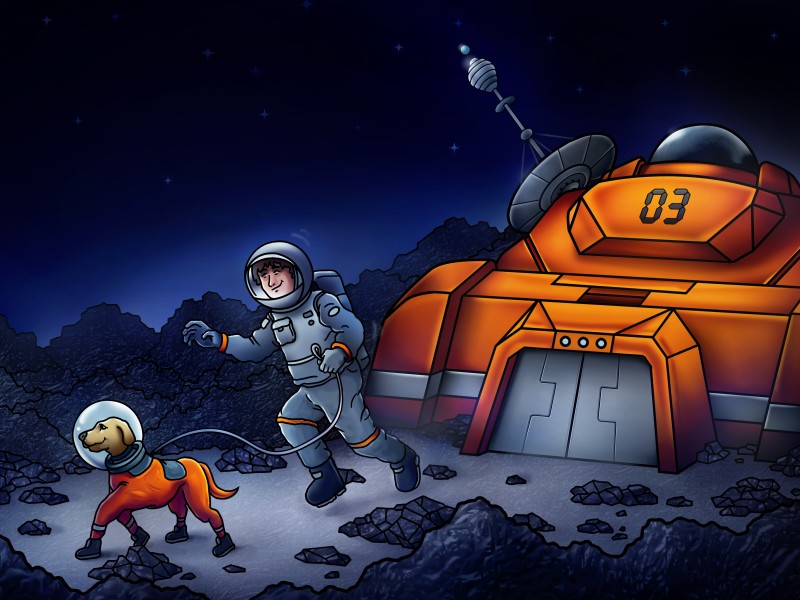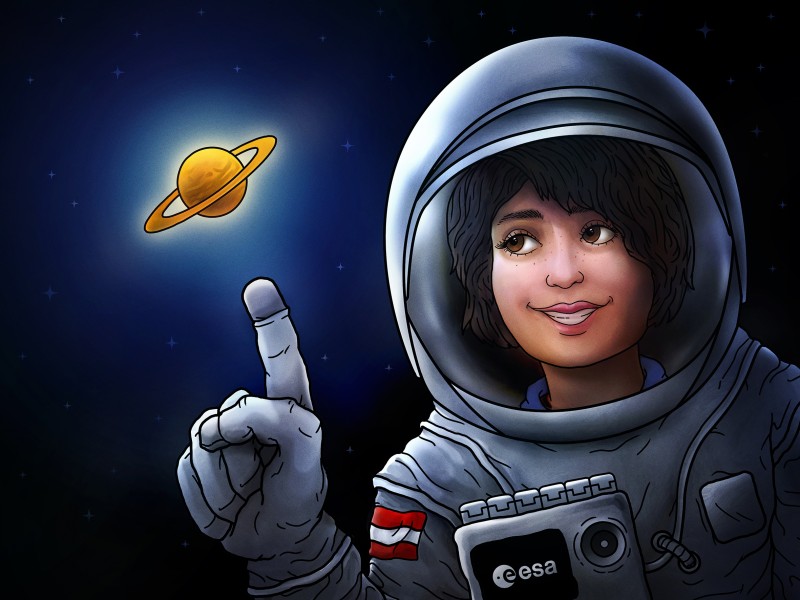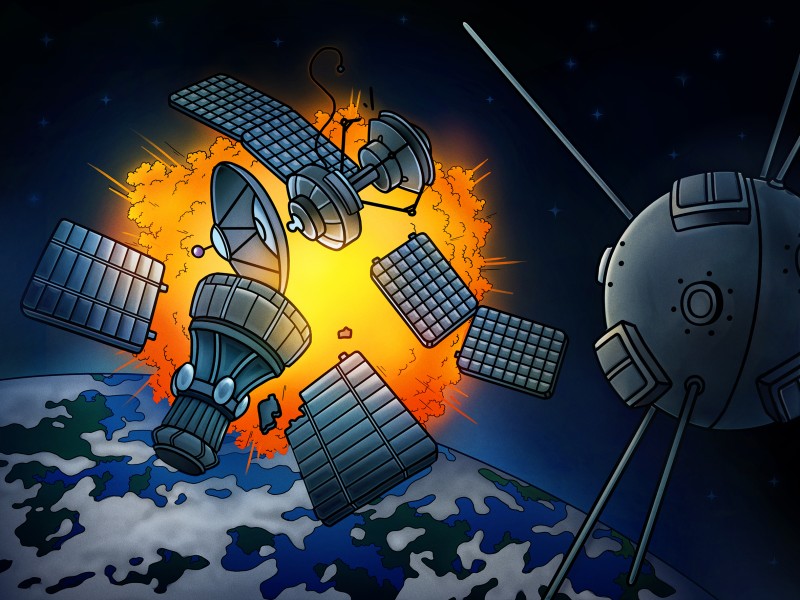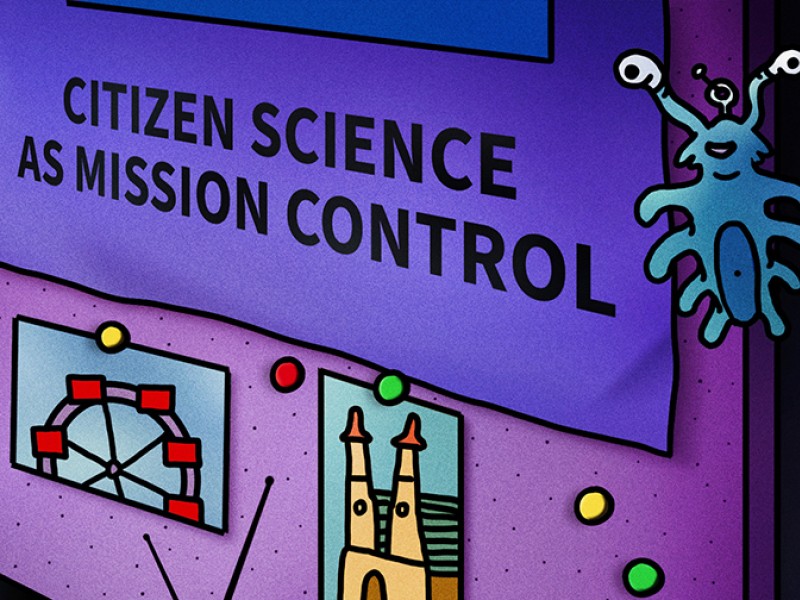With the help of the TU Wien Space Teams, the young citizen scientists have the opportunity to equip a real satellite – the STS 1 – according to their requirements and send it up into space.
The USA and Russia as well as their allies have defined space travel for decades. They decided who had access to space. Over the past ten years, the era of “Old Space” has been superseded by “New Space”. Access to space has been democratised and space technology is becoming ever more affordable, even for private individuals. This also applies to the construction of satellites. It no longer requires unique custom-built parts, but is done using off-the-shelf components, which can easily be purchased on the Internet or at any hardware store. In the foreseeable future, building and launching a satellite will cost no more than buying and using a private passenger car.
In the next few decades, these developments will affect the everyday life of the young generation to a yet unprecedented extent, comparable to mass mobilisation through the automobile in the 1950s and the introduction of the Internet in the 1990s. Then as now, the public was not prepared for these developments and their consequences. This is the starting point of the museum’s work with young people: How did people deal with major technical revolutions in the 20th century? What happens when technical utopias and dystopias become a reality? What fears and concerns and what great opportunities are involved?
But we also want to make satellite technology usable for us over the course of the project: The STS 1 satellite is currently being developed and built by the TU Wien Space Team. It will be launched in 2023/24 to orbit the Earth at an altitude of about 500 km and will serve as a research platform for pupils and students for several years. A self-built ground station will enable the partner schools to jointly evaluate the collected data. The data to be collected will be determined in the course of the process.
In the next few decades, these developments will affect the everyday life of the young generation to a yet unprecedented extent, comparable to mass mobilisation through the automobile in the 1950s and the introduction of the Internet in the 1990s. Then as now, the public was not prepared for these developments and their consequences. This is the starting point of the museum’s work with young people: How did people deal with major technical revolutions in the 20th century? What happens when technical utopias and dystopias become a reality? What fears and concerns and what great opportunities are involved?
But we also want to make satellite technology usable for us over the course of the project: The STS 1 satellite is currently being developed and built by the TU Wien Space Team. It will be launched in 2023/24 to orbit the Earth at an altitude of about 500 km and will serve as a research platform for pupils and students for several years. A self-built ground station will enable the partner schools to jointly evaluate the collected data. The data to be collected will be determined in the course of the process.





